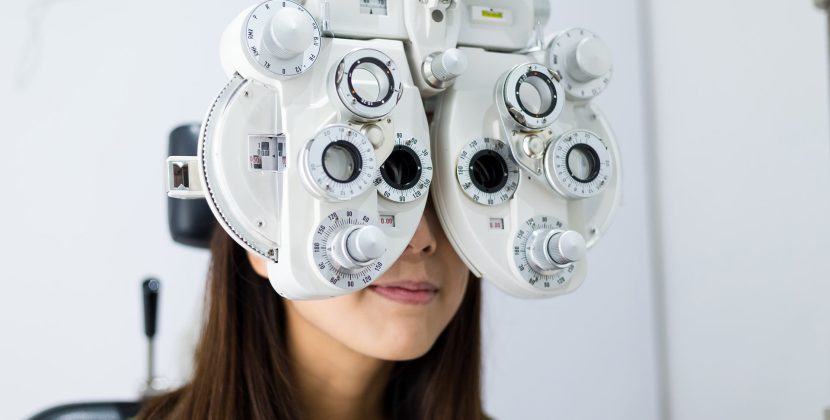
An escape room provides an intriguing experience and creates lasting memories. However, there are certain things you should not do while in an escape room – whether you go in a large or small group. It is expected that you work together as a team in compliance with the rules. Meanwhile, here are what you should not do in an escape room:
1. Do Not Flout “Don’t Touch It” Instructions
Do not disobey warning signs in an escape room. Do not touch anything or place you see a do not touch sticker on it. The game master is not tricking you; you should not flout orders or warnings given through stickers in an escape room. Such warnings are usually on light switches, music players, cameras, and speakers. Certain items may have stickers. Just focus on your game and follow the rules and instructions.
2. Do Not Be Under the Influence
You are required to play the escape room game with a clear and open mind. Avoid playing the game under the influence of drugs or alcohol – you need your brain to function fully. You may not be able to solve the puzzles efficiently under the influence. And many escape rooms will not let you play if you are intoxicated.
3. Do Not Destroy Anything
Be careful any time you are in an escape room. Do not damage anything. When you are instructed not to look in certain areas, the game master is serious about it. Play according to the rules. Do not use excessive force. Do not break anything. If the key does not work, you do not have the right key. While in the escape room, you will not have to screw or unscrew anything. Follow the instructions.
4. Do Not Climb on or Flip Over Any Item
Escape rooms do not usually require the use of excessive force. Do not climb on furniture or tables, or flip them over in search of a clue. Almost all the clues you need are within your reach without showing your power or extent of force.
5. Do Not Use Your Phone
You do not need your phones in an escape room. So, you do not have to take them into the escape room. The instructions you need in the escape room are provided in the room – you do not need Google. If you need to make an urgent call, you will be asked to leave the room to make your call.














